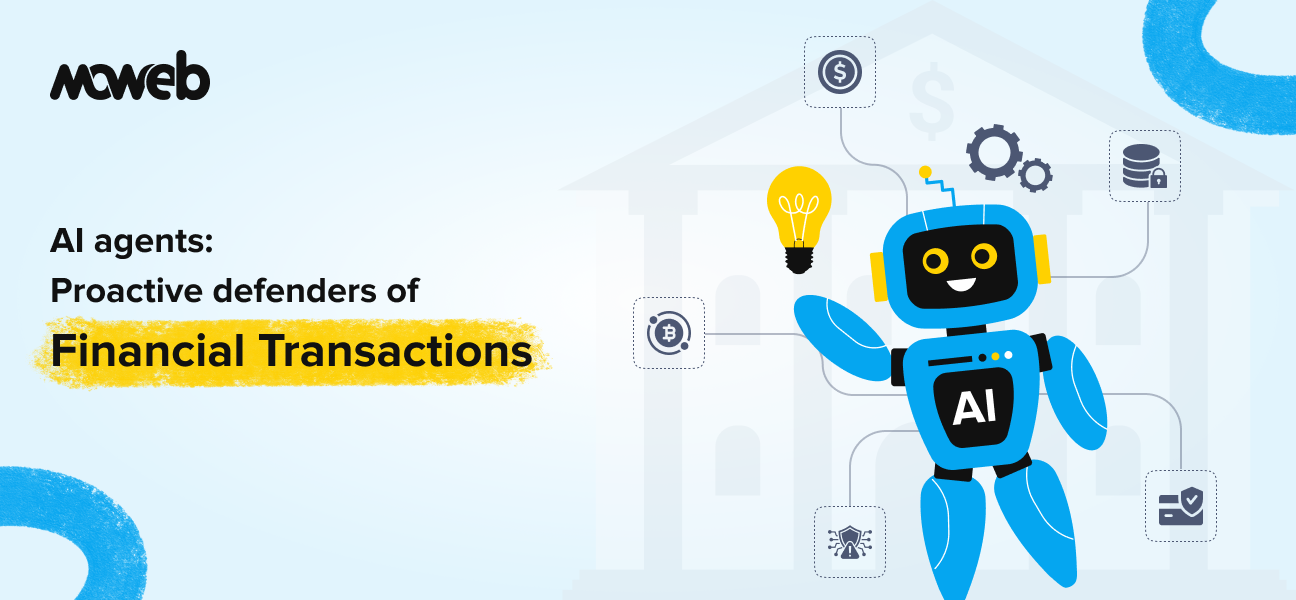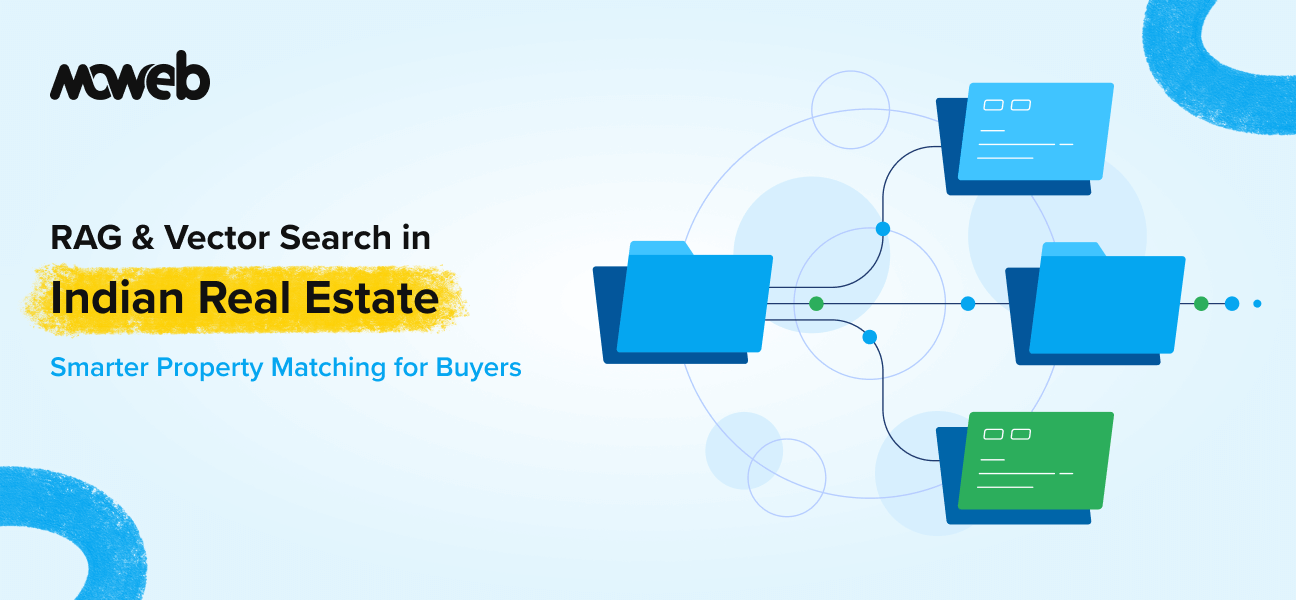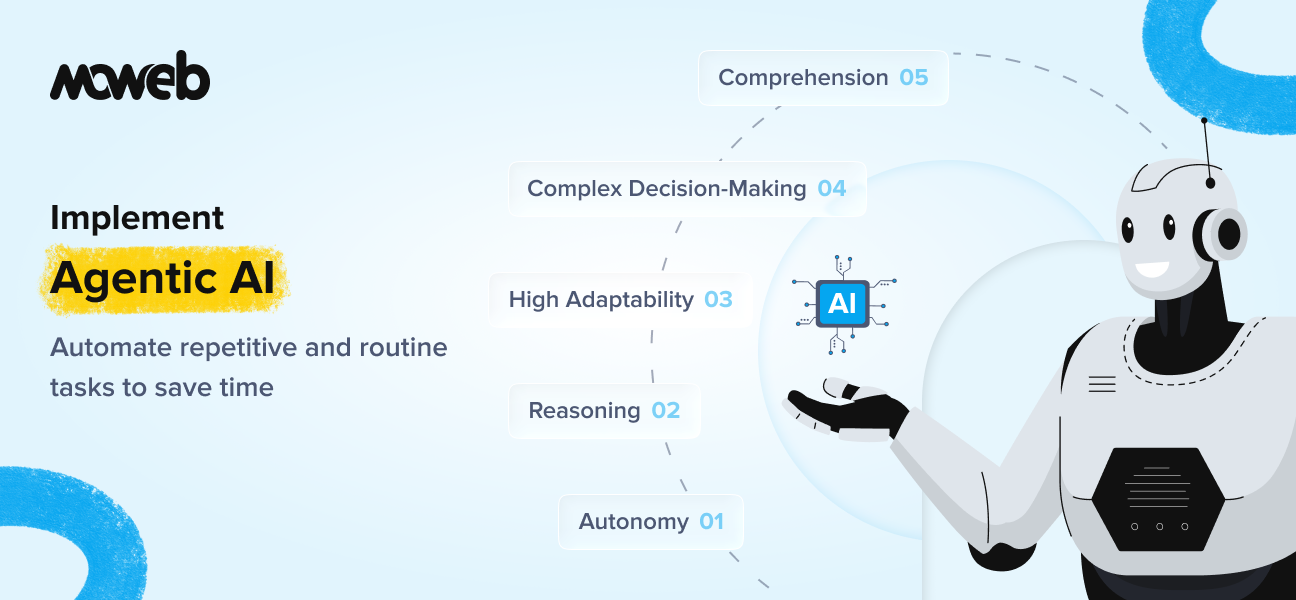
In early 2025, PayPal almost saved itself from what could have been a million-dollar fraud attempt. Paypal’s AI-powered fraud detection system instantly flagged an unusually high-value transaction originating from a suspicious device. It prompted immediate verification and blocked the breach. Instead of falling into financial and reputational damage, PayPal turned it into a success story of smart, autonomous fraud prevention.
Not only this, with the increase in digital financial services such as e-banking and instant payments, fraud attempts have grown more than ever. Cybercriminals are increasingly using automation and AI to create fraud patterns that traditional systems fail to recognize. Losses are escalating, putting huge pressure on financial organizations to maintain the perfect balance between seamless transactions and security.
Conventional rule-based anti-fraud systems are effective in simpler situations, but they can no longer keep up with the pace required today. They are rigid, prone to false positives, and reactive rather than being proactive. This shift is clearly telling us that AI agents for fraud detection are no longer optional; they are essential. They act like your proactive digital best friends, continuously learn, adapt, and respond in real time to secure financial systems against threats.
What Are AI Agents? A Clear and Practical Definition
At their core, AI agents are autonomous digital systems that perceive, decide, and act within defined compliance boundaries. Unlike static algorithms, they are not limited to pre-written rules. Instead, they adapt dynamically to changing inputs. As a part of a fraud prevention strategy, an AI agent detects unusual login behavior, initiates authentication, and, if required, escalates the alert to a human compliance officer instantly.
The difference from traditional fraud detection systems is significant. While fixed rule-based solutions rely on pre-set limits, AI agents in fraud detection are aware of the context, continuously learning from billions of data points & capable of decision intelligence at scale. They act like vigilant, tireless digital colleagues, available 24/7 to monitor, detect anomalies, and secure the trust of users.


Ready to Unlock AI for Your Business?
Contact us to get a personalized quote and start building your custom AI solution today!
How AI Agents Detect Fraud: Core Mechanisms
AI agents for fraud detection work through a blend of advanced technologies and intelligent learning models to spot anomalies, verify identities, and stop fraud in real time.
Real Time Transaction Monitoring
AI agents excel at real-time anomaly detection by continuously scanning massive transaction flows across banking, fintech, and e-commerce systems. If a sudden $10,000 transfer occurs from a card typically used for small retail payments, the AI agent immediately recognizes the anomaly and evaluates the risk against past behavioral patterns.
Behavioral Biometrics & Pattern Recognition
AI in fraud detection leverages biometrics such as keystroke dynamics, typing speed, mouse usage, and smartphone accelerometer data. These covert signals create a detailed “digital fingerprint” of each user. Any deviation, like typing from a new device or abnormal swipe gestures, triggers further checks.
NLP for Document Fraud
Natural Language Processing (NLP), a branch of AI, is becoming integral to fraud prevention strategy. AI agents read loan applications, KYC documents, or insurance claims, spotting deceptive language or mismatched identities. For example, they can verify if uploaded IDs match official databases, minimizing forged identity submissions.
Network Analysis for Organized Fraud Rings
Cross-institution fraud intelligence tools help AI agents uncover hidden networks among fraudulent accounts. By applying network analysis to financial transaction histories, these agents detect suspicious activity clusters. E.g., they can detect multiple low-value transfers linked to fake accounts, providing early warning for money laundering.
Practical Examples and Success Stories
- Did you know that American Express reduced its losses from fraud by 6% by deploying an LSTM-based AI model for transaction monitoring? Shocking right? These models learn the sequential behavior and spot irregular patterns impossible for rules-based systems.
- PayPal implemented a global AI fraud detection system that improved fraud detection accuracy by 10%, significantly enhancing customer trust through adaptive monitoring.
- Cryptocurrency exchanges now deploy AI agents for fraud detection to trace rapid fund movements and anonymized chains of wallets, ensuring better AML compliance in decentralized finance.
- AI in customer service has also evolved. AI-powered chatbots do not just answer queries but also flag phishing attempts and fraudulent account takeovers.
- Biometric verification makes autonomous fraud prevention stronger by confirming user identities during high-risk activities such as global wire transfers.
Key Components of an Effective AI Agent System
Let’s break down the key components that make AI agents effective in fraud detection.
Data Inputs
AI agents ingest a wide spectrum of data:
- Transaction details: time, device, geolocation
- User behavior signals: typing rhythm, session length
- Device fingerprints: browser settings, operating systems
- External watchlists such as blacklisted accounts & suspicious IPs
Core Tech
The foundation of AI fraud detection lies in multiple machine learning approaches:
- Supervised models trained on labeled fraud cases for classification.
- Unsupervised learning, clustering, real-time anomaly detection, and federated learning in finance to spot new fraud tactics without prior labels.
- Behavioral analytics through biometrics around typing patterns, mobile gestures, and device activity strengthen authentication.
Explainability
Financial institutions must ensure that the auditors, regulators, and customers are satisfied and feel safe. Explainable AI (XAI) provides clarity on why a certain transaction was flagged. This transparency is vital for anti-money laundering AML compliance and builds confidence in decision automation.
Autonomy & Control
AI agents are designed with guardrails that have:
- Predefined compliance thresholds
- Escalate protocols to humans
- Automate decisions such as block, flag, or request OTP
This ensures a balance between rapid response and regulatory obligations.
Key Features and Benefits for the Financial Sector
AI agents for fraud detection bring in features that can strengthen the security and efficiency of financial services.
Continuous & Real-Time Monitoring
AI agents enable continuous and real-time transaction monitoring of billions of transactions simultaneously. This ensures that suspicious activities are flagged instantly, preventing fraud before it escalates.
Reduction in False Positives
By minimizing false positives, AI agents reduce unnecessary transaction declines for customers. This creates frictionless, seamless experiences for genuine users while maintaining strong security.
Adaptive Learning Capabilities
AI systems are designed with adaptive learning in mind, which evolves as fraud tactics change. They constantly improve, recognize new patterns, and neutralize threats as soon as they appear.
Broad Coverage Across Financial Services
The versatility of AI fraud detection spans banking, eCommerce, insurance, and mortgage sectors. It also safeguards investment services, making fraud prevention comprehensive across industries.
Regulatory Compliance Support
AI-powered systems are designed to comply with AML compliance and CFT regulations worldwide. They also maintain robust audit trails and advanced reporting to assist financial regulators.
Future Trends in AI-Powered Fraud Detection
As fraud tactics are growing, so is AI-based fraud detection. It is continuously improving and is all set to walk hand in hand with the Ai trends shaping the future of financial security AI. Some of them include:
Generative AI for Fraud Simulation
Banks are starting to use generative AI to simulate sophisticated fraud scenarios and attacks. By stress-testing defenses in a controlled setup, institutions can expose hidden vulnerabilities and prepare their AI agents to counter real-world threats more effectively.
Explainable AI (XAI)
With regulations tightening, explainability in AI-powered fraud detection is becoming critical. XAI enables financial institutions to clearly show regulators and auditors why a transaction was flagged, building transparency, accountability, and stronger customer trust.
Quantum Computing
Quantum computing promises to revolutionize fraud detection in ultra-fast environments like high-frequency trading. Its immense processing power can analyze complex transaction datasets in near real time, enabling lightning-fast fraud risk assessments that traditional computing cannot match.
Collaborative AI Networks
Future fraud prevention will rely heavily on collaboration between financial institutions. By sharing anonymized fraud data across banks, collaborative AI networks enable early detection of organized schemes and strengthen collective defenses at a global scale.
Federated Learning in Finance
Federated learning brings a breakthrough for privacy-compliant fraud detection. It allows banks to train AI models on shared, distributed data without ever transferring sensitive customer information, balancing security and confidentiality.
Conclusion
AI agents for fraud detection represent a focal territory in financial security AI. They act as responsive, autonomous colleagues in financial institutions, constantly alert and always learning. Their ability to detect fraud in transactions, analyze behaviors, and collaborate worldwide makes them key digital teammates. By accepting digital colleagues in fraud defense, this sector can move toward a future where convenience and trust coexist seamlessly.
The financial industry must adopt these advanced solutions decisively and responsibly. And that’s seamlessly possible by partnering with an experienced artificial intelligence development services vendor, such as Moweb. We ensure compliance, fairness, and ethical boundaries at all stages.
FAQs
How do regulators view AI-driven fraud prevention?
Regulators do support AI adoption in fraud prevention, but demand extreme transparency and fairness. They require explainability in how AI flags transactions to meet AML compliance. Protecting consumer data privacy and ensuring auditability remain top priorities.
What exactly distinguishes an AI agent from traditional fraud detection systems?
Traditional systems rely on static, rules-based logic with limited adaptability. On the other hand, AI agents are autonomous, context-aware, and continuously evolving with emerging fraud tactics to detect threats faster.
How quickly can AI agents detect and respond to fraudulent transactions in financial services?
AI agents analyze and act in real time, in fact, within microseconds. They monitor billions of data points at the same time to spot anomalies. This speed helps block the fraud before transactions can even be completed.
Can AI agents adapt to new fraud patterns without manual retraining?
Yes, unsupervised models enable AI agents to detect unknown fraud behaviors. Federated learning in finance also allows systems to learn across institutions. This ensures constant adaptation without frequent manual updates.
What are the practical benefits for banks and fintechs using AI-powered fraud detection?
Here are the top benefits:
- Reduction in fraud losses through faster detection
- Prevention of suspicious activities
- Fewer false positives
- Smoother customer experiences
- Minimal disruptions
- Cost efficiency
- Autonomous fraud prevention
- Reduction in manual reviews
- Stronger customer trust
- Higher retention
- Long-term brand loyalty.
What industries outside banking benefit from AI fraud detection?
AI in fraud detection is widely applied in
- E-commerce
- Insurance
- Telecom
- Healthcare
- Real Estate
- and more…
These industries rely on AI to secure sensitive data and digital payments.
Found this post insightful? Don’t forget to share it with your network!





